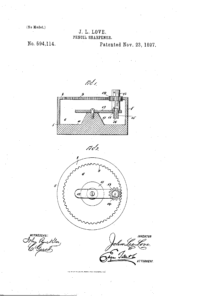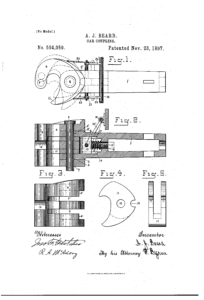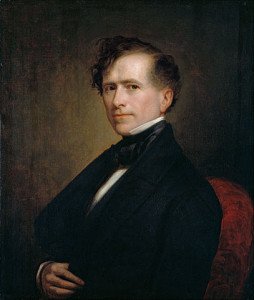National Eat a Cranberry Day is today! Traditionally served at Thanksgiving, cranberries are packed with antioxidants and nutrients. The berries release those nutrients best when they are raw, but they are definitely tart! Children could learn about the cranberry bounce test.
Fibonacci Day is today! The mathematical Fibonacci Sequence is a pattern of numbers where the last two numbers are added to make the next number. So.. 1 + 1 = 2; 1 + 2 = 3; 2 + 3 = 5; 3+ 5 = 8; 5 + 8 = 13; 8 + 13 = 21; 13 + 21 = 34 and so on and on…
So how is today Fibonacci Day? Today is 11/23, the start of the Fibonacci Sequence.
What do we do with the Fibonacci Sequence? Many scientists have found examples of the series in nature, such as the arrangement of petals within a flower. Children could view a great TED talk about Fibonacci Numbers at: Fibonacci Numbers. Kids also have fun just extending the pattern to very large numbers. So…you still want more information? The sequence is named after Fibonacci (real name Leonardo Pisano Bigollo), a famous Italian mathematician who lived from around 1170 to 1250. He did not invent the series, but he did broadcast it via his books. He is also famous for spreading the Hindu-Arabic math system, the system we use, throughout Europe.

Pencil Sharpener Patent
Pencil sharpener was patented by John Lee Love in 1897. The African American inventor also patented an improved plasterer’s hawk that is still used today. Children can view his pencil sharpener patent at: Pencil Sharpener Patent.

Jenny Coupler Patent
Jenny Coupler was patented by Andrew Jackson Beard in 1899. The African American inventor knew how dangerous it was to couple railroad cars together because he had lost a leg in a railroad car coupling accident. His invention allowed cars to join together by bumping into one another and thus saving many human hands and feet. He sold the rights to his patent for $50,000. Children can examine his patent at: Jenny Coupler Patent.
Franklin Pierce (born Hillsboro, New Hampshire, 1804; died Concord, New Hampshire, October 8, 1869) was the fourteenth president (1853-1857) of the United States. He was a darkhorse candidate, facing General Winfield Scott. One of his accomplishments was the Gadsden Purchase. Children can visit a website at: Franklin Pierce.
Edward Rutledge (born Charleston, South Carolina, 1749; died Charleston, South Carolina, January 23, 1800) signed the Declaration of Independence. He had studied law in England before he returned to South Carolina. He was the youngest signer of the document (26 years old). Other members of his family also became ardent patriots. He was defending South Carolina when he was captured and placed in a prison in Florida for over a year. The British were so outraged at his family’s activities that they imprisoned his mother, Sarah Hext Rutledge, in Charleston. After the war, he served as governor of South Carolina from 1798 to 1800. Children could learn more at: Edward Rutledge.
Marc Simont (born Paris, France, 1915; died Cornwall, Connecticut, July 13, 2013) was a political cartoonist, artist, and illustrator of children’s books. In 1950 he received a Caldecott Honor Award for The Happy Day, written by Ruth Kraus. He won a Caldecott Medal in 1957 for A Tree is Nice, written by Janice May Udry, and he won another Caldecott Medal in 2002 for his book, The Stray Dog. He also illustrated the first 20 Nate the Great books. Children can learn more at: Marc Simont.
Gloria Whelan (born Detroit, Michigan, 1923) has written at least 50 books for children and adults. Her children’s books include A Clearing in the Forest and Bringing the Farmhouse Home. Children could explore her website: Gloria Whelan.
